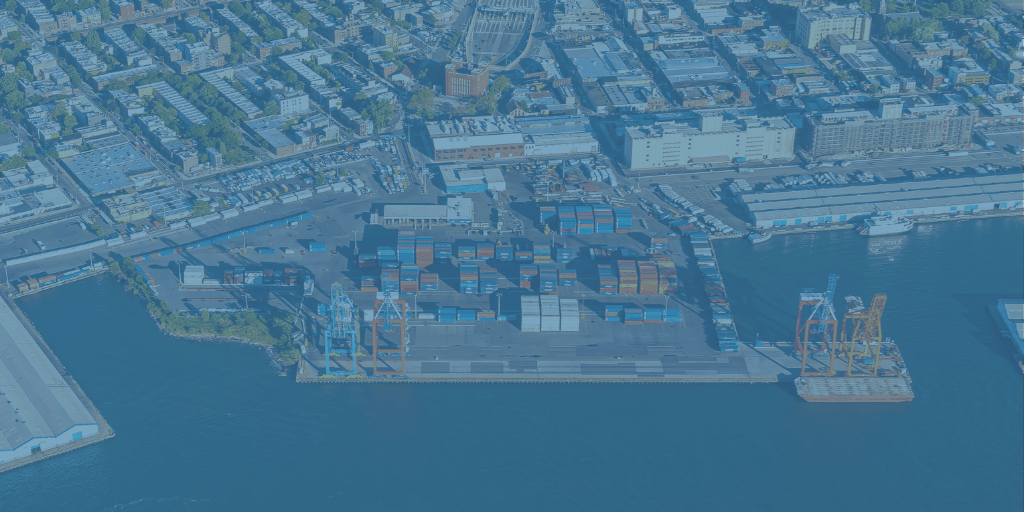The Ins and Outs of Freight Insurance Claims: What Shippers Need to Know
Introduction to Freight Insurance Claims In the dynamic and often unpredictable world of logistics and transportation, freight insurance claims stand...
4 min read
FreightPOP : Jan 23, 2024

The world of logistics and transportation presents a labyrinth of terms and concepts, among which "freight liability" and "freight insurance" stand out as key elements. Often entangled in a web of misconceptions or erroneously thought to be the same, these terms are distinctly different and critically important for any entity involved in the transport of goods. Understanding this distinction is not merely an exercise in terminology but a crucial aspect of a business's strategy for managing risks and protecting its financial interests. In this guide, we aim to clear the fog surrounding these concepts, highlighting their unique features and the imperative for businesses to distinguish between them clearly. This knowledge is not just beneficial—it's essential for those steering through the complex and sometimes stormy seas of freight transportation.
Freight insurance, also known as cargo insurance, is a policy purchased by the shipper or the consignee to protect the value of goods against loss or damage during transit. This insurance covers a wide range of risks, including damage due to accidents, natural disasters, theft, and other unforeseen events. The coverage is comprehensive, offering peace of mind that the full value of the goods can be recovered in case of a mishap.
Freight liability, on the other hand, refers to the legal responsibility borne by carriers for loss or damage to the goods while in their possession. Unlike freight insurance, which is a separate policy purchased to cover goods, freight liability is inherent to the carrier’s service and is typically limited both in scope and in the amount of coverage.
The primary difference between freight insurance and freight liability lies in the scope of coverage and the extent of financial protection they offer. Freight insurance providers typically have comprehensive coverage for the goods, ensuring that the shipper or consignee can claim the full value in case of a loss. In contrast, freight liability offers limited coverage with compensation capped at a lower rate, often leaving the shipper at a financial loss if the goods are damaged or lost.
For businesses engaged in shipping goods, understanding the difference between freight insurance and liability is vital for several reasons:
Consider a scenario where a business ships high-value electronics. If these goods are damaged in transit, freight liability may only cover a fraction of the loss due to its per-pound compensation limit. In contrast, if the business has freight insurance, they can claim the full value of the lost or damaged goods, significantly mitigating their financial loss.
Understanding the difference between freight insurance and freight liability is vital for businesses involved in the transport of goods. This crucial knowledge empowers them to make strategic, well-informed decisions about risk management, financial protection, and comprehensive logistics planning. By adeptly navigating the nuances of these two essential concepts, businesses can confidently ensure that their goods are comprehensively protected during transit. This level of protection is key in safeguarding their financial interests against unforeseen losses and damages, and it plays a significant role in maintaining the smooth, uninterrupted flow of their operations. Ultimately, this understanding is a cornerstone in building resilient and efficient shipping strategies that can adapt to the challenges of the logistics landscape.
Disclaimer
The information provided in this article is for informational purposes only and is not intended as financial or insurance advice. FreightPOP does not offer insurance and is not a licensed insurance provider. The content of this article should not be taken as a substitute for professional advice from a certified or licensed insurance professional. We make every effort to ensure that the information in this article is accurate and up to date, but we accept no liability for any inaccuracies or omissions. Readers are advised to consult with qualified insurance professionals for specific advice tailored to their situation. The views and opinions expressed in this article are those of the author and do not necessarily reflect the official policy or position of FreightPOP.
.png)
Introduction to Freight Insurance Claims In the dynamic and often unpredictable world of logistics and transportation, freight insurance claims stand...
.png)
In the fast-paced world of eCommerce, shipping issues can make or break customer satisfaction. According to a recent "Future of Shipping Report" by...
%20(1).png)
The food and beverage industry faces unique logistics challenges that directly impact profitability and sustainability. Freight inefficiencies,...